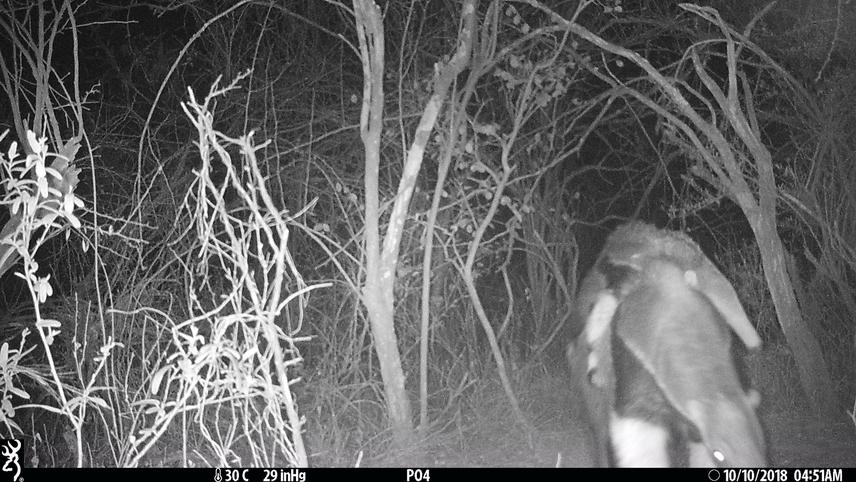Sofía Nanni
Other projects
26 Apr 2012
The Effects of Agriculture Modernization for Ecosystem Services in a Subtropical Watershed I
22 Jan 2016
The Effects of Agriculture Modernization for Ecosystem Services in a Subtropical Watershed II
In terrestrial ecosystems, apex predators are linked to two major trophic cascades: 1- limiting herbivores, thus promoting vegetation growth (tri-trophic cascades); 2- limiting mesopredators, thus increasing small mammal and bird abundances (mesopredator cascades). It remains unclear if apex predators can achieve high densities in agroecosystems as to be ecologically effective, and the consequences of such decreases on lower trophic levels.
This study will fill these knowledge-gaps in agroecosystems of the Argentine Chaco. Specifically, I will 1- compare the functioning of trophic cascades among forest remnants surrounded by different land-uses, and well-conserved forests; 2- assess the influence of domestic animals over trophic cascades; 3- analyse the direct influence of humans (hunting pressure and surrounding population density) over the functioning of such trophic cascades. These analyses will provide insights on the potential of forest remnants to sustain mammal-mediated ecosystem functioning, and the influence of the surrounding land-use on such potential.

Giant Anteater (Myrmecophaga tridactyla) with cub at one of the study sites.
The future of a great part of biodiversity depends on its capacity to persist in agroecosystems. The long-term functioning of forest remnants strongly relates to their capacity to hold key ecological processes, such as trophic cascades. Such cascades are controlled by apex-predators, and their usual absence or reduction in forest remnants lead to community changes, altering the correct functioning of the ecosystem. I will evaluate the functioning of trophic cascades in forest remnants of the Argentine Chaco (a highly threatened ecoregion due to rapid and on-going land-use change) and the influence of humans and domestic animals on such process, providing a robust assessment of the conservation value of Chaco agroecosystems.